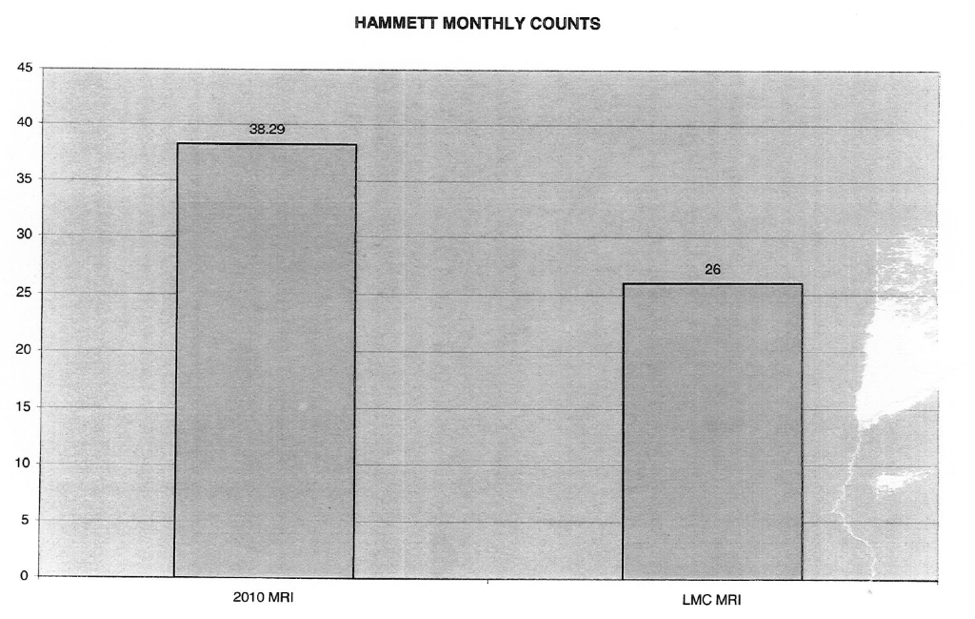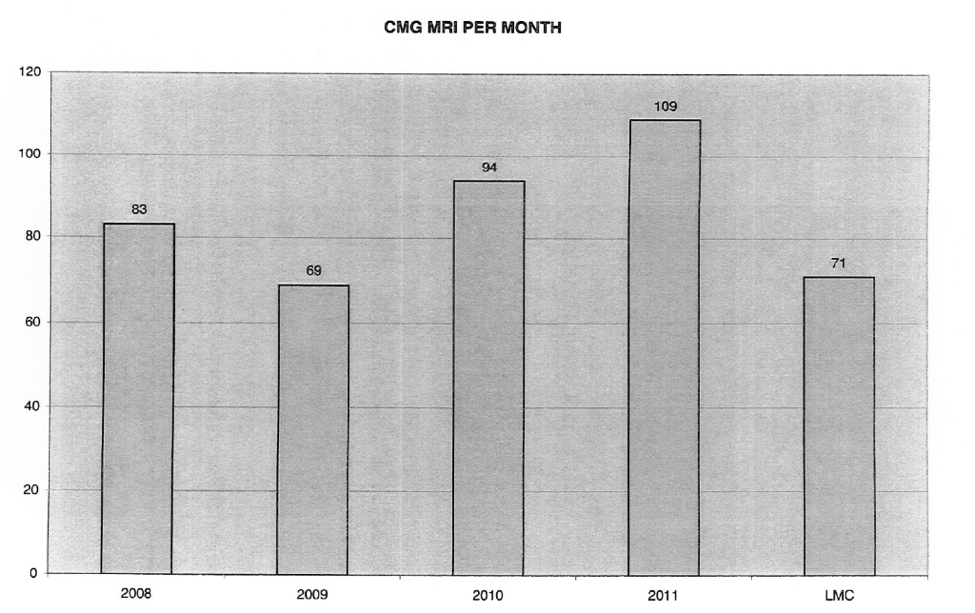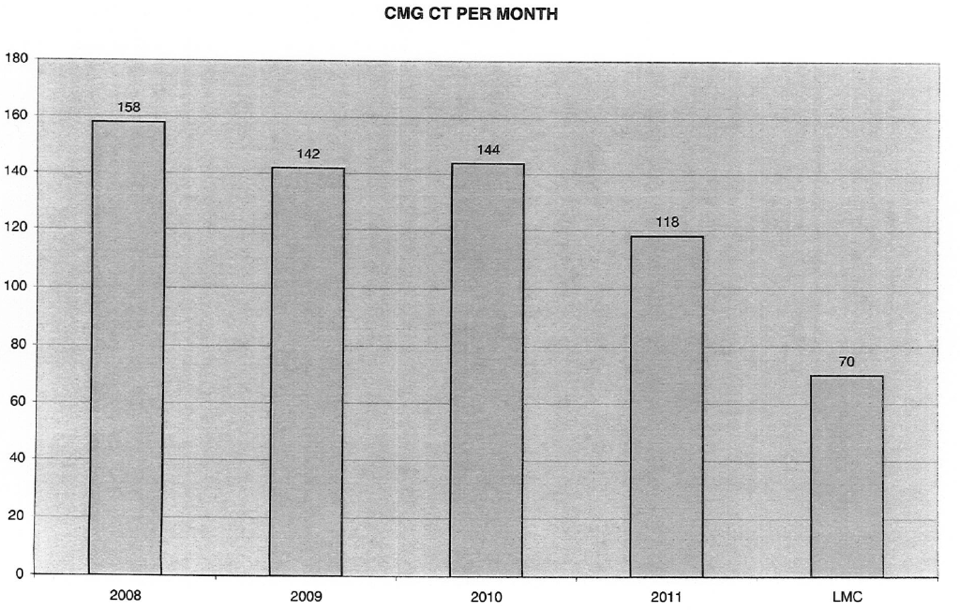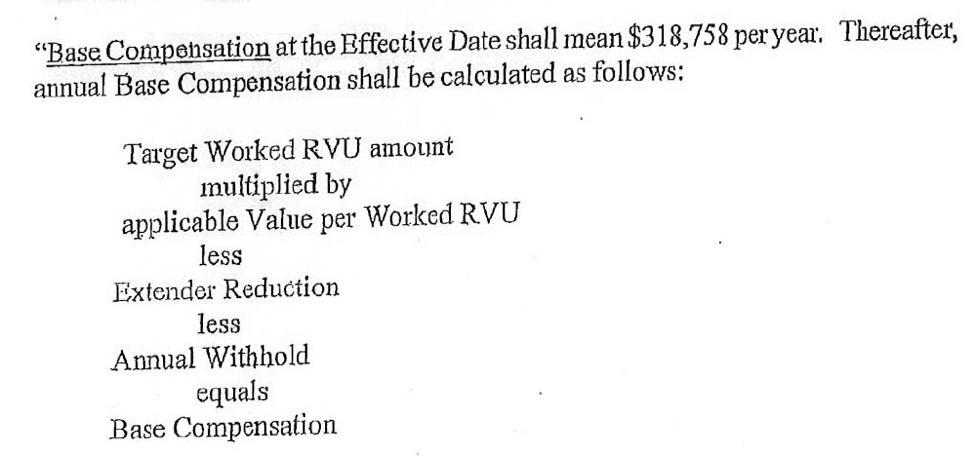Deeper Than the Headlines: Stark Law Allegations

Lexington Medical Center in South Carolina recently settled for $17 million to resolve allegations that its incentives with physicians violated Stark and Anti-kickback law violations. The case was brought to the government’s attention by a physician whistleblower, Dr. David Hammett.
Dr. Hammett worked as a neurologist for an internal medicine medical practice (CMG) that was purchased by Lexington Medical Center (LMC). As a neurologist, Dr. Hammett specialized in treating headaches and stroke victims. He ordered a high volume of MRI’s of the brain. Before CMG was purchased by LMC, Dr. Hammett claims he was allowed to refer patients to any MRI service, despite the fact that CMG owned and operated their own MRI machine. In the court documents, Dr. Hammett claimed that he often sent patients elsewhere if their insurance wouldn’t cover the MRI at CMG’s practice. According to Dr. Hammett, he tried to do what was best for the patient, not what was best for profits. He alleged that once LMC purchased CMG and paid the physician's higher than market value salaries, that he was pressured to send all MRI referrals to LMC so they could reap the financial benefits of the patient referrals.
The Stark law allows for exceptions for bona fide employment relationships if certain conditions are met. Some of the conditions include the following: the physician’s compensation has to be commercially reasonable, fair market value, set in advance, for work performed by the physician, which is not tied to the volume or value of referrals. Lastly, it doesn’t interfere with the physician’s judgement for patient’s preference.
The allegations reasoned that, “the Stark Law’s strict-liability regime essentially creates a presumption that since no self-interested hospital would enter into a transaction requiring it to pay more than the marketplace required, commercially unreasonable financial arrangements (like practice acquisitions) and compensation arrangement (like employment contracts) with physicians are compensation for referrals. Simply put, the law presumes that excessive compensation is indirect payment designed to buy illicit referrals.”
As evidence of this, Dr. Hammett provided the government with numerous documents that demonstrated that it was a business strategy when LMC purchased the physician practice. For example, he alleged his compensation greatly exceeded fair market value. Under this compensation scheme, LMC paid Dr. Hammett an average of $600,000 annually. Specifically, he earned approximately $650,000 from June 2011 to May 2012. And, $550,000 from June 2012 to May 2013. This is significantly more money than Dr. Hammett had ever earned as a neurologist or ever expected to earn. Before LMC purchased CMG, Dr. Hammett made $250,000 a year. According to Dr. Hammett’s allegations, another internal medicine physician was compensated $500,000 annually.
At the time, the leading association for medical practice executives, which tracks physician compensation nationally, reported $229,000 as the median salary for internal medicine physicians in 2013 (See Medical Group Management Association, MGMA Physician Compensation and Production Survey, Table 1: Physician Compensation (2014) & p. 28 (Internal Medicine: General). The 90th percentile of internal medicine physicians includes physician’s earnings $378,143 or more. Thus, the lawsuit claimed $500,000 far exceeded fair market value.
Dr. Hammett alleged that the business strategy of LMC entailed (1) buying access to patients through the acquisition of physician practices, (2) paying these physicians commercially unreasonable compensation in exchange for their practice and their employment at LMC, (3) imposing a de facto mandate on these physicians that requires, and closely tracks, their referrals to LMC to ensure the hospital receives the referrals for which it has paid and continues to pay a premium, and (4) punishes doctors like Dr. Hammett who exercise independent medical judgment that impacts the hospital’s bottom line.
As evidence that LMC intended to financially gain from the volume of referrals from the purchased practice, Dr. Hammett provided the government with the following tables. He was given the tables by LMC management during a meeting where he was given the message to refer more patients for ancillary services (such as CT or MRI) to LMC as opposed to non-LMC entities because their LMC “counts” were not matching up to the volumes prior to the purchase of the practice. Allegedly, at one point during the meeting, the head of the practice asked the practice executive, “Ok, David, what do we need to do?” The executive replied, “Order more studies."



According to the court documents, Dr. Hammett provided the government with his employment contract with LMC. On first reading, the method of calculating the compensation might seem appropriate given ties to physician productivity. But the lawsuit alleges that the actual dollar amounts of the base compensation and the tiered “Value per worked RVU” were so high that they put the annual compensation in a level that far exceeded fair market value for the Columbia-Lexington healthcare marketplace (see compensation calculation taken directly from Dr. Hammett’s contract found in court documents):



This case is an excellent reminder that we need to be careful how we incentivize physicians. Developing appropriate incentives with physicians is an important step when purchasing a physician practice. However, the devil is in the details. Hospitals must realize the value of compliance and invest in a compliance program that includes policies, procedures, training and monitoring of financial relationships with physicians. How closely is your hospital scrutinizing these relationships for potential risks under Stark and the Anti-kickback statute? With the right executive support, I can guarantee that any hospital can develop an effective compliance program for a lot less than the $17 million dollars this hospital paid to resolve allegations of Stark and Anti-kickback misconduct.

Questions or Comments?